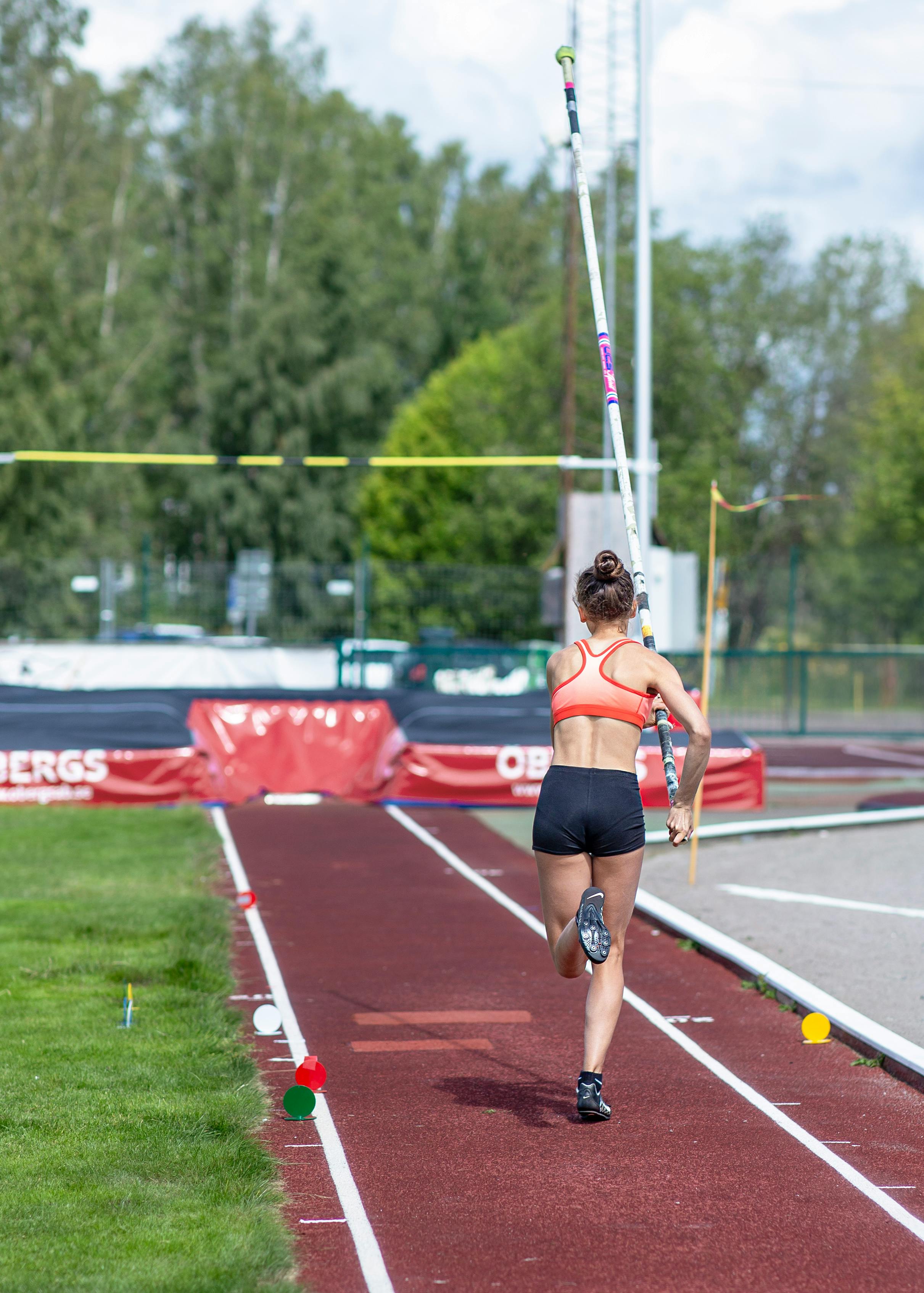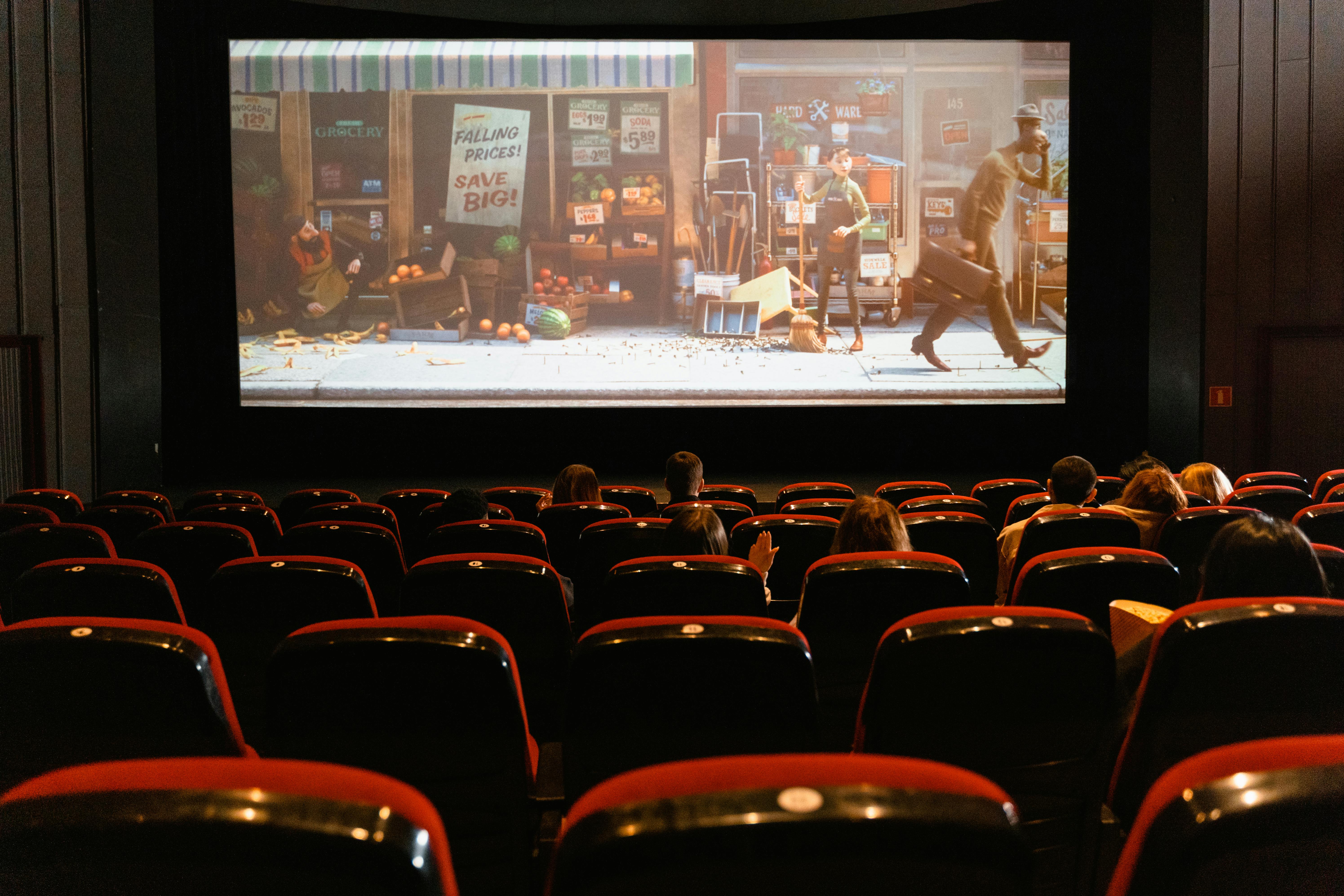Understanding the World of Therapy Horses: A Deep Dive Into Equine-Assisted Therapy
From the quiet, peaceful stables to the open, green pastures, the world of therapy horses is one that is both intriguing and heartwarming. These noble creatures, with their gentle eyes and calm demeanor, serve as an integral part of many therapeutic programs across the world. This article provides an in-depth look at equine-assisted therapy, exploring its origins, the current state of the practice, and the impact it has on those who partake in it.

A Historical Perspective on Equine-Assisted Therapy
The use of horses in therapeutic practices can be traced back to Ancient Greece. Writings from the time suggest that riding horses was recommended as a form of therapy for individuals with incurable diseases. The concept, however, truly took flight in the mid-20th century, when Lis Hartel, an equestrian from Denmark who had contracted polio, won an Olympic silver medal in dressage. Hartel’s success story pushed the idea of horse riding as a form of physical therapy into the global limelight.
Equine-Assisted Therapy in the Modern World
In today’s world, equine-assisted therapy has evolved into a complex and multi-faceted practice. It is no longer limited to physical therapy but has branched out to cover mental health and developmental disorders as well. Organizations such as the Professional Association of Therapeutic Horsemanship International (PATH Intl.) have established standards for equine-assisted activities and therapies (EAAT), ensuring the practice is both safe and effective.
The Monetary and Market Impact of Equine-Assisted Therapy
Equine-assisted therapy, while incredibly beneficial, is not cheap. The cost of maintaining a horse, coupled with the need for trained professionals, means that a single session can range from $40 to $200. However, the market for such therapies is steadily growing. According to a report by Grand View Research, the global animal-assisted therapy market size was valued at USD 312.7 million in 2020 and is expected to grow at a compound annual growth rate (CAGR) of 5.9% from 2021 to 2028.
The Science Behind the Therapeutic Power of Horses
The therapeutic power of horses is not merely anecdotal. Research has shown that interacting with horses can lead to significant decreases in stress and anxiety levels. The rhythmic, repetitive motion of horseback riding can also help improve motor coordination and balance. Furthermore, the non-judgmental nature of horses can provide a safe and comforting environment for those struggling with various psychological issues.
The Future of Equine-Assisted Therapy
The future of equine-assisted therapy looks promising. With ongoing research and technological advancements, the field is expected to continue expanding and improving. Virtual reality technology, for instance, is being explored as a potential tool to make equine-assisted therapy more accessible to those who may not have direct access to horses.
In conclusion, equine-assisted therapy is a fascinating field that combines the grace of horses with the healing power of therapy. As we continue to delve deeper into this practice, it is clear that our four-legged friends have much more to offer us than just their companionship. They can, in fact, play an instrumental role in our journey towards better physical and mental health.





